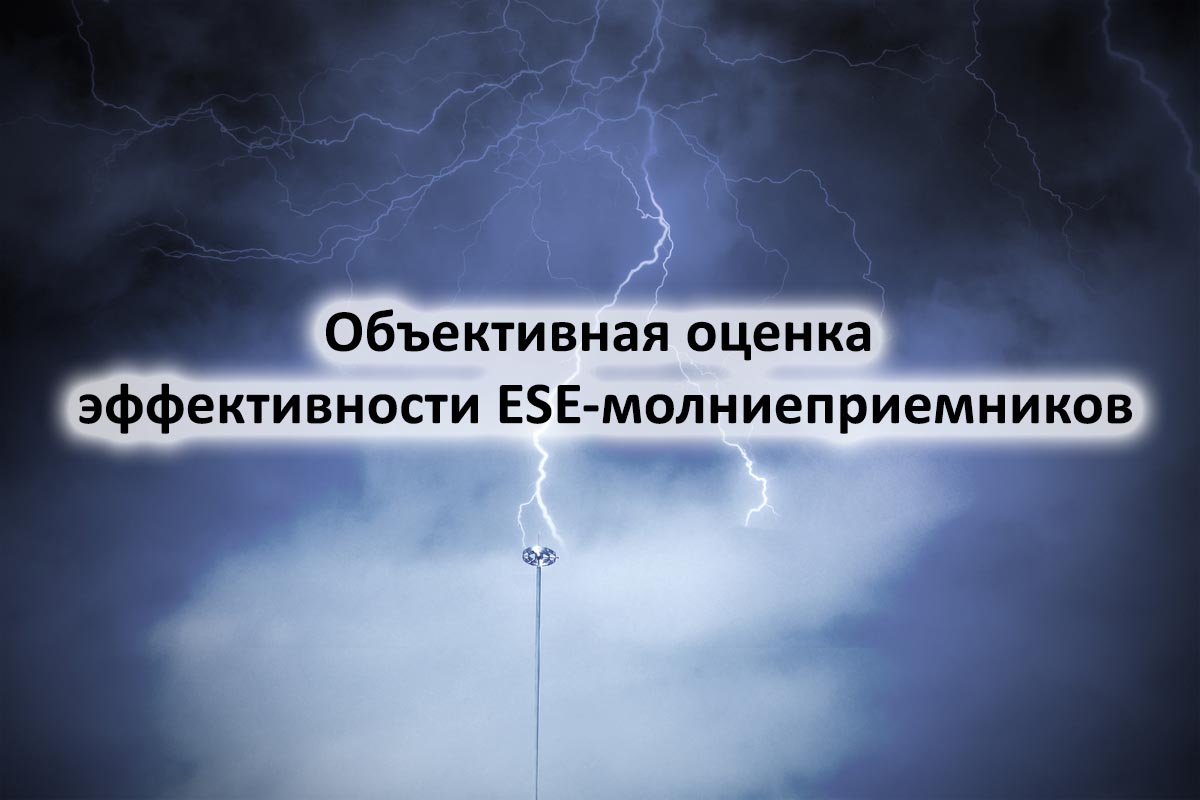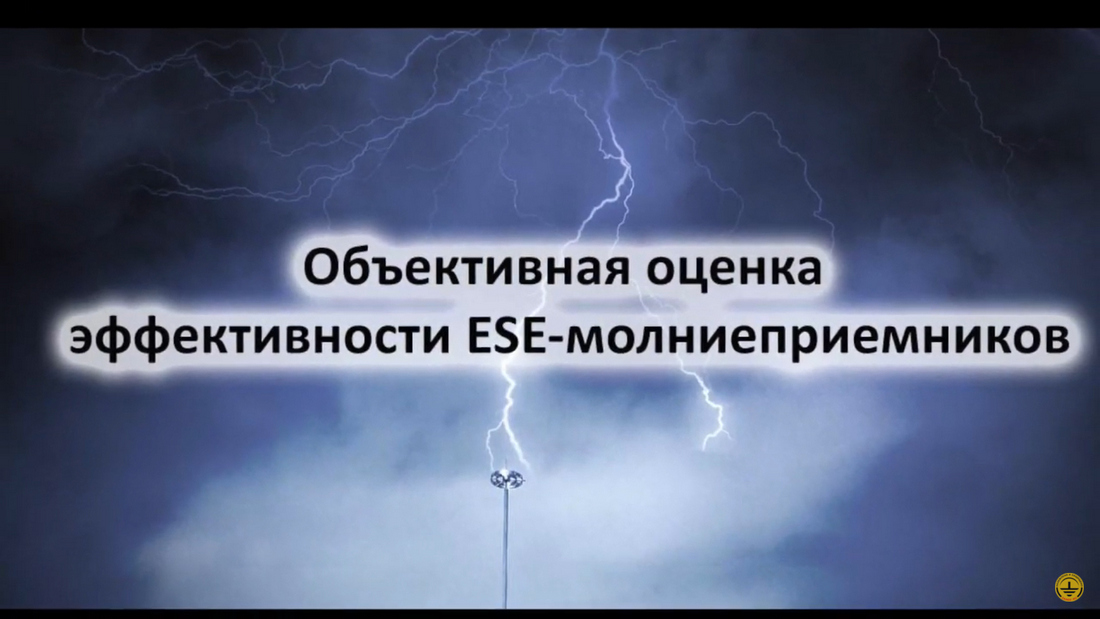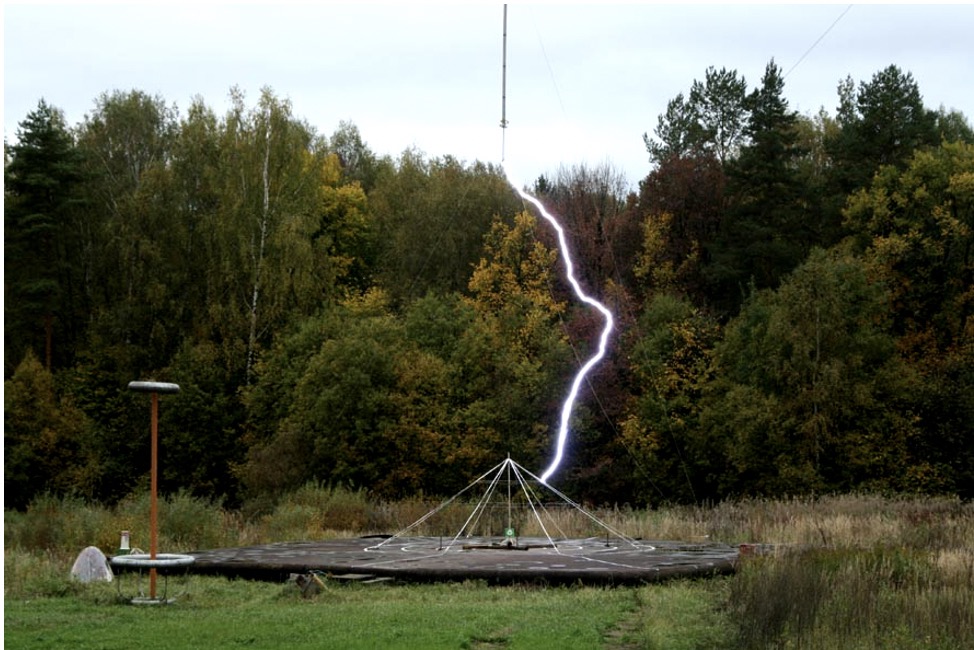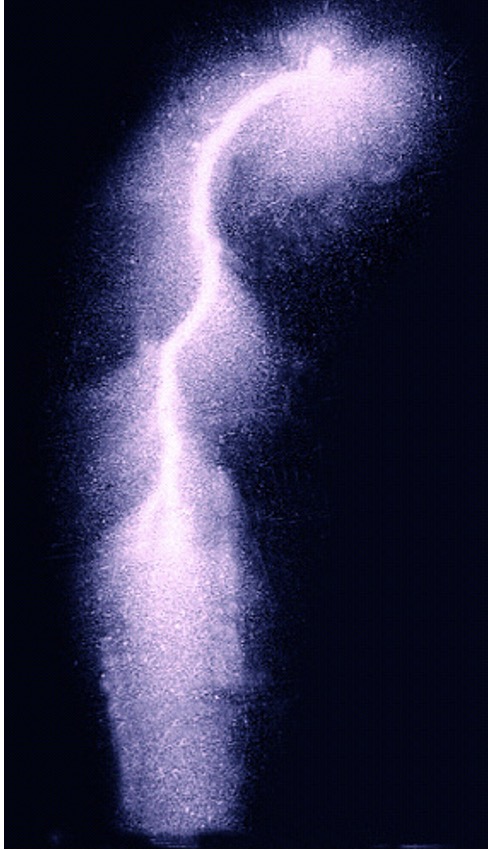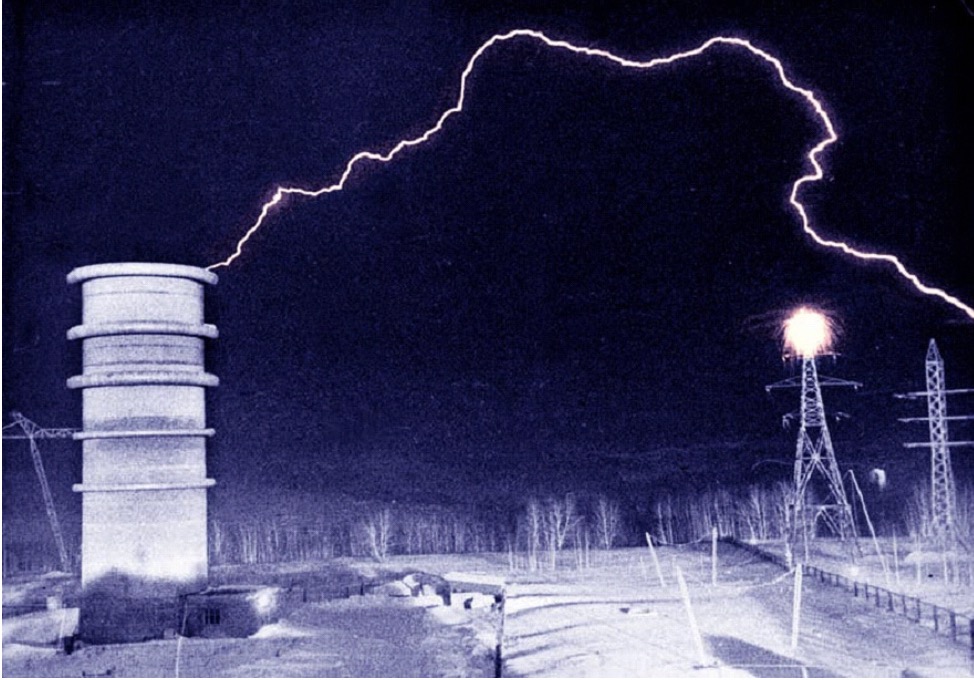
The electrical nature of the lightning has been known since the times of Franklin and Lomonosov. Today, we have got proven (although limited) lightning current recordings. It is formed upon contact between the lightning channel and the ground or an on-ground structure, such as a lightning arrester. It is known from the operations experience that the current value is weakly dependent on the grounding resistance in the contact location. It means that the neutralization rate for the discharge flowing from the lightning channel to the ground is determined not so much by the grounding resistance as by a fairly large channel impedance (this parameter is like a long line impedance defined by linear values of its inductance and capacitance ). For the lightning, the impedance is within 500–1,000 Ohm, while its current IM varies significantly for the discharges, from about 3 to 200 kA. It means that the lightning channel delivers voltage U ≈ ZIM within 1.5 to 200 MV to the ground. For the average lightning with the current of 30 kA, the voltage is close to 15 MV.
It's worth assessing what this voltage can do. Today, this task is available not only for theoretical estimates but also partially for direct measurements. Read more details in the article by Prof. E. M. Bazelyan How Does A Lightning Orient and Can We Control This?.
Related Articles:
